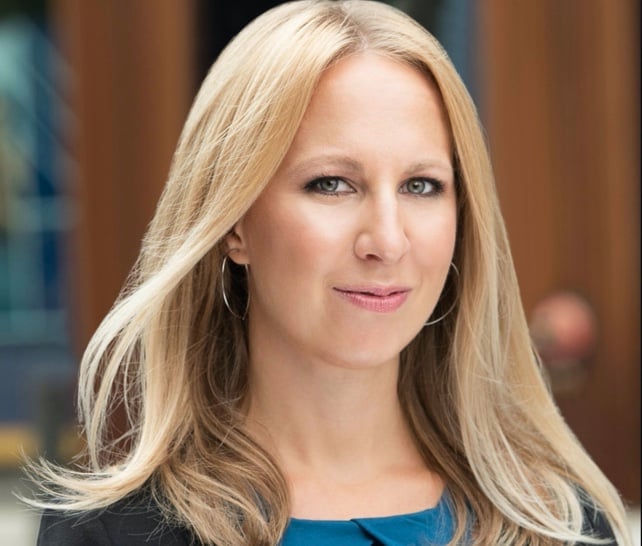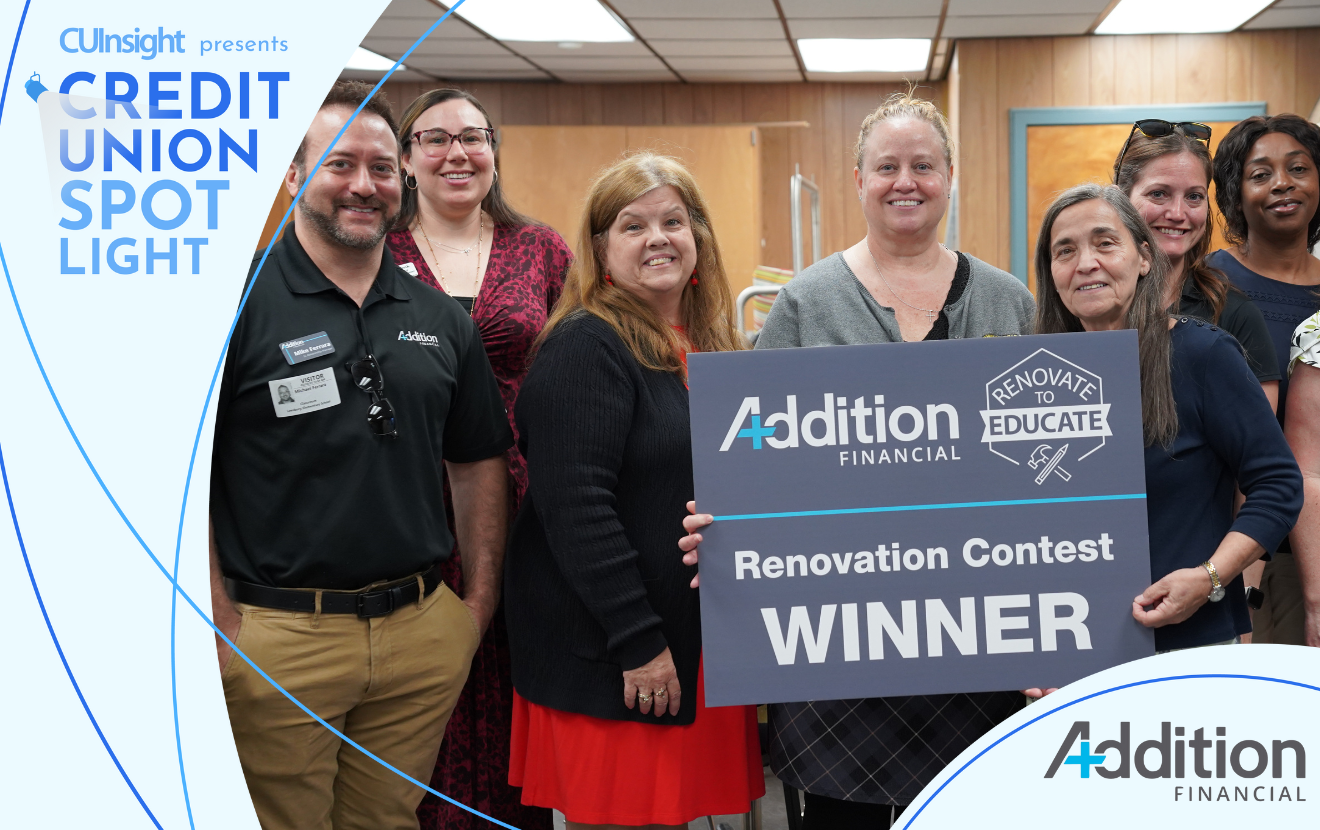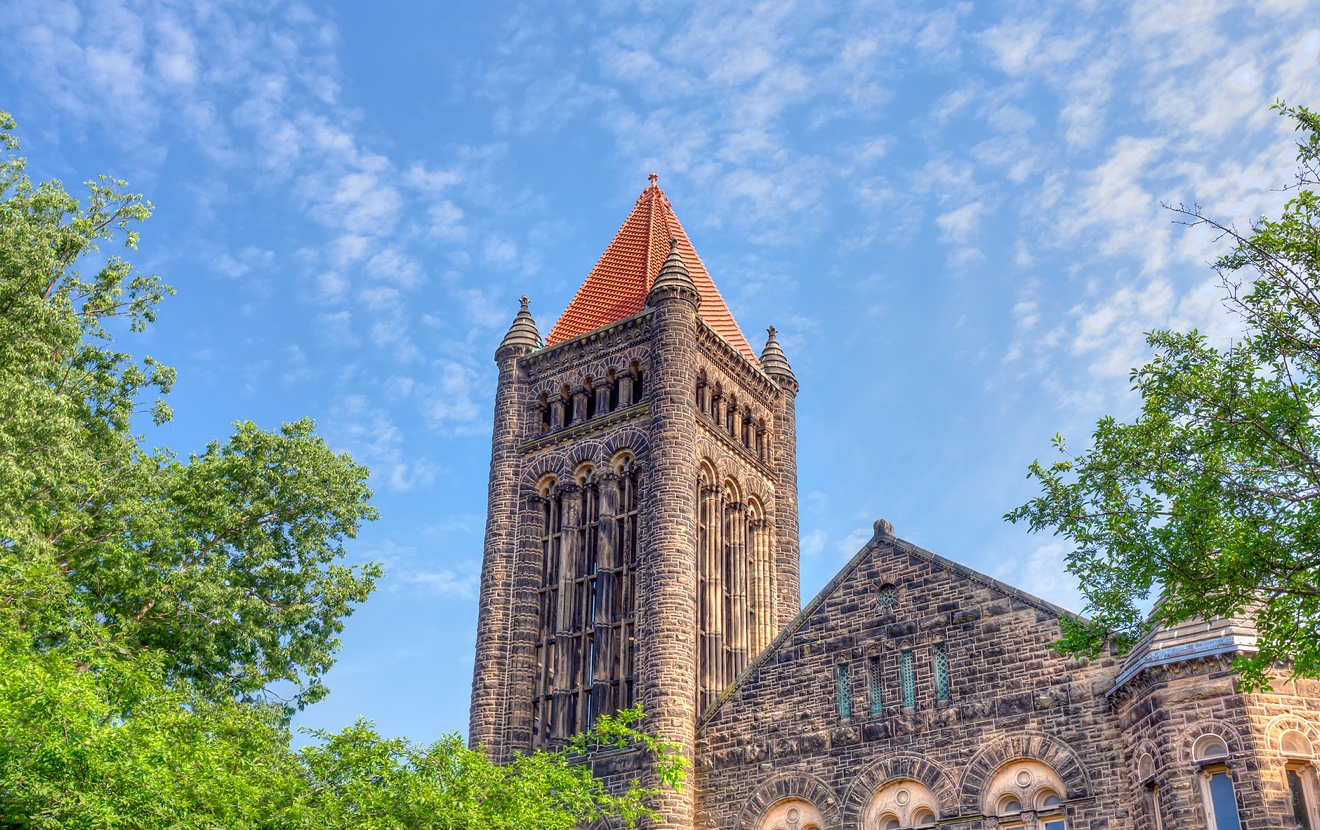Welcome to 2021. No doubt most of us have heard enough platitudes and tired phrases over the past twelve months to last us a decade. Unprecedented, uncertain, the new normal, and shocking but not surprising may have exhausted our patience, but our attitude cannot deflect the real poignancy of these words. Few of us regret showing 2020 the door. Few of us, however, will not be left reeling for years to come.
Running a business over the last year has certainly brought to tip-of-tongue many cliches, but however uncertain things may be, most of us reading this are still in business. We look upon the bleak 1% or stagnant growth for our credit unions, and groan. Still, we’re standing. That is more than can be said of thousands of charities across this nation.
Sadly, it is anticipated that as many as 1 in 3 charitable organizations will close by the time we are out of this pandemic. Now consider that charitable nonprofits are collectively the third-largest private employer in this country. To state the obvious, that’s a lot of jobs. Might it not be to everyone’s advantage to accept our responsibility as financial cooperatives by bolstering our nonprofit industry? Might it not be to everyone’s advantage to hold our friends, neighbors, and patrons close by keeping them working? Might it not be to everyone’s advantage to keep each other upright through this terrible time?
Perhaps you just watched, again, the 1946 Frank Capra film, “It’s a Wonderful Life” this past December. George Bailey is our Everyman – our first responders, our healthcare workers, our grocery store clerks and garbage collectors, the people who have kept us going throughout this pandemic. In other words, ordinary people doing extraordinary things. Another cliche? Perhaps. But again, poignant and true. Potter asks George Bailey, “Are you running a business or a charity?” Well, Mr. Potter, imagine yourself knee-deep in garbage, without food or heat or medicine. Whether you’re in a for-profit or a not-for-profit business, the goal of business is always to help your customers. A bank, a credit union, or a savings and loan helps people to reach financial goals while generating a profit. There is no profit without the strength and success of people, individuals, one person at a time, on their feet, healthy and working.
As we head into a new year, we must examine the interconnectedness of business and charity. Below is the current state-of-affairs for charitable organizations.
At the end of 2020,
- 54 million people in the U.S. face food insecurity
- 40 million people face eviction
- States are seeing an increase in need for Court Appointed Special Advocates for children who are in the court system due to abuse/neglect (e.g. up 36% in Montana)
- Domestic violence has significantly increased/womens’ shelters are overwhelmed
- Gun violence and gun crime is rising drastically (highest death toll in +20 years according to data from the Gun Violence Archive)
- Suicide rates have increased; twice as many people report seriously considering the act
- Substance abuse and struggles with mental illness have increased
All of this has been happening while revenue for nonprofit organizations has dropped. With donations dwindling and private support curtailed, charities are trying to support twice the need with a fraction of their previous resources. At the beginning of the pandemic, surveys showed, donors had planned to give more to nonprofits. However, as this country continued to struggle, donors decreased their giving due to increased uncertainty. Dunham + Company’s donor confidence survey in September showed that 21% of active donors will stop giving until the economy is “back on track”, and 53% will give more carefully than before. Some nonprofits funded by state government contracts are seeing a percentage withheld on payments as each state tries to extend its own runway.
Those nonprofits that are still operating are facing struggles beyond financial. Volunteers are becoming scarce, while staff and remaining volunteers face emotional stress and exhaustion. Nonprofits are experiencing mass burnout and leaders fear an exodus from the workforce. Florida nonprofits report that fewer than half have engaged in concrete efforts to support their human resources, but that isn’t from lack of desire to do so.
The need is great. The options limited. Still, there are opportunities and benefits to maintaining a responsible and generous business model. Out of conflict and difficulty comes resilience and innovation. Larry Clark of Harvard Business Publishing says that innovation is “driven by the intensely human desire to help, to connect with other people, and be part of the solution when things get hard.” We are witnessing a growing comfort with Zoom and virtual fundraisers which has led to an increase in online donations by 20% since April. These donations are easy to manage and facilitate, however it should be pointed out that some of the reason for the strong promotion of fundraising is access to the fees charged. Not all of all donations find their way to the charitable organization. Still, novel collaboration techniques are being explored and new alliances are being forged between organizations and businesses. Charitable organizations are reporting a tentative optimism, as we begin the year 2021.
Credit unions, take heart. We made it through 2020. We are still operational. We can help our communities to get through what is yet to come. Next quarter we will discuss why businesses are aligning with nonprofits, and ways that as credit unions we can further our brand - especially during times of crisis - simply by going back to our roots. “Now, we can get through this thing all right. We’ve got to stick together, though. We’ve got to have faith in each other.” And while George Bailey worked for a savings and loan, I think he would feel at home in the credit union community.







